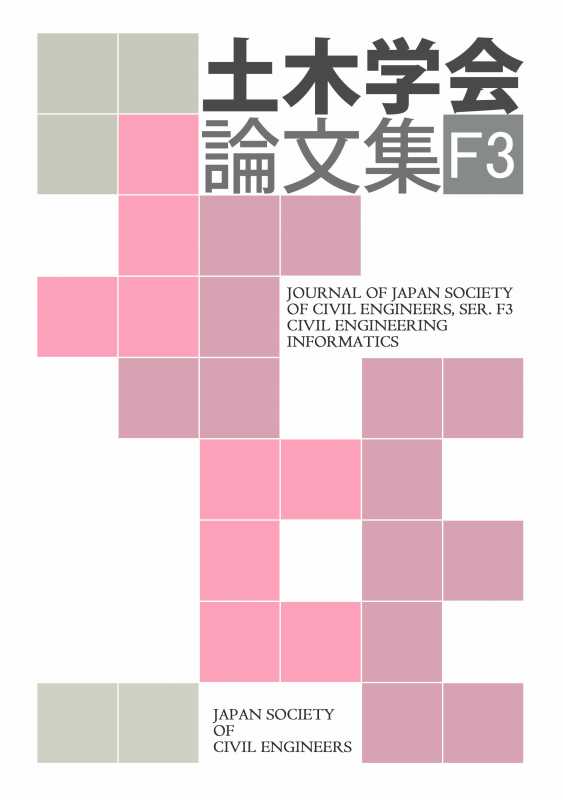Volume 77, Issue 1
Displaying 1-7 of 7 articles from this issue
- |<
- <
- 1
- >
- >|
Paper (In Japanese)
-
2021Volume 77Issue 1 Pages 1-13
Published: 2021
Released on J-STAGE: January 20, 2021
Download PDF (2529K) -
2021Volume 77Issue 1 Pages 14-21
Published: 2021
Released on J-STAGE: January 20, 2021
Download PDF (3255K) -
2021Volume 77Issue 1 Pages 22-30
Published: 2021
Released on J-STAGE: January 20, 2021
Download PDF (2386K) -
2021Volume 77Issue 1 Pages 31-38
Published: 2021
Released on J-STAGE: March 20, 2021
Download PDF (1800K) -
2021Volume 77Issue 1 Pages 39-48
Published: 2021
Released on J-STAGE: March 20, 2021
Download PDF (3287K) -
2021Volume 77Issue 1 Pages 49-58
Published: 2021
Released on J-STAGE: August 20, 2021
Download PDF (2012K) -
2021Volume 77Issue 1 Pages 59-69
Published: 2021
Released on J-STAGE: December 20, 2021
Download PDF (10455K)
- |<
- <
- 1
- >
- >|
